Some Ramblings on Italian Wine
Some wine travel stories, notable favorites, & wine-related art!
No offense to Selma Hayek and the Kahlúa commercial I keep seeing everywhere, but I will never get bored of wine! Although that espresso martini does look good. However, it’s true, I’m a wine gal. Whether I need to warm up on a cold day or cool down after a hard one, nothing is better than a glass of red. I remember my first proper glass of wine was in Florence, the week of my 21st birthday. It was a red full-bodied Brunello di Montalcino, we were eating al fresco at a restaurant near Santa Maria del Fiore, I was eating a delicious lemon and butter pasta and Bistecca alla Fiorentina, and the air was cool despite being August. It remains my favorite wine to this day.
The idea for this post came from a conversation I had with my mom about wine. After I started freelance writing, I tackled an article about art and wine labels and, in true academic fashion, fell down a rabbit hole of research.
After explaining a little bit about grapes, appellations, and terroir (I still can’t pronounce this word properly), she said that magical little sentence that I usually adhere to: “You should write about this!”And here we are. To be fair, the two years I lived in Italy, I drank a lot of wine and learned many things along the way. So this was bound to be written up sooner or later.
Truthfully, I can’t remember the exact bottles or years I tried, and I forgot to take pictures since I was busy being present and enjoying my time. So, instead of curated stock photos enjoy some wine-related art. Andiamo!
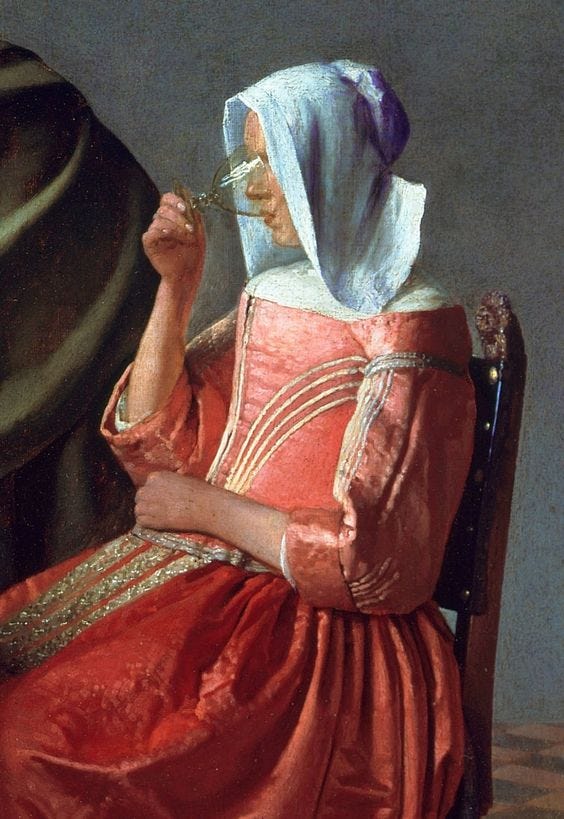
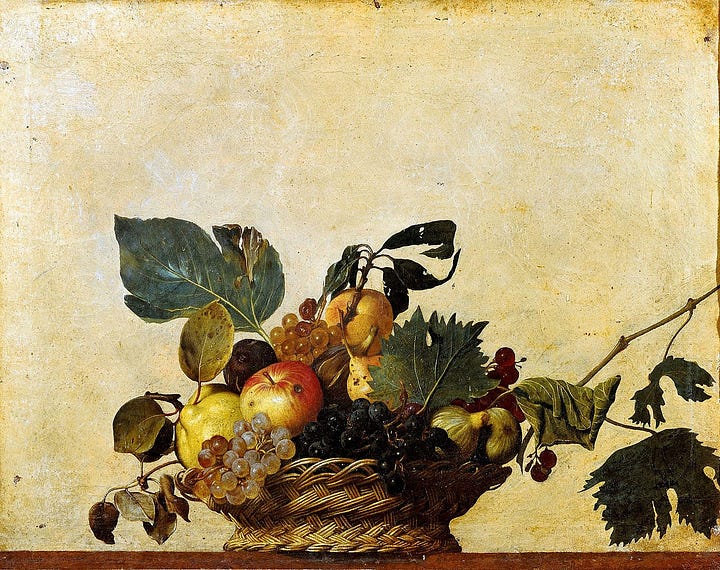
Ciò che cresce insieme, va insieme
“What grows together, goes together.” In a nutshell: local wine and local dishes go hand-in-hand. Growing from the same soil, in the same climate, winemakers produce wine that ultimately reflects the unique cuisine and culture of the area, (i.e. the palates and styles of Lazio are not at all the same as those in Sicily).
Now, I am a strong believer in drinking whatever you like, all pretensions aside (I know I have). And, really, there is no need to be so rigid with something that is supposed to bring you joy. However, this rule is nice to keep in mind when you have decision fatigue or when you want to try something new and are unsure what to choose. I do think there is something to be said about this rule. In Florence, we were recommended the Brunello by our waitress, promising that it would pair wonderfully with all of the local dishes at the table. And she was 100% right.
Some Notable Favourites
Falanghina
I remember when I and a group of colleagues/friends visited the Amalfi Coast. We had gone to the Pompeii Archaeological Park to conduct research for our master’s theses which took up the majority of our time there. During dinner, however, we were focused on having fun and decided to try a local wine our second night there. Being in the region of Campania, I was told by someone in our group that we should get a bottle of Falanghina wine. I had never heard of this wine (or grape) before but I was not disappointed!
A delicious, vibrant white wine, it was the perfect companion for our buttery, herb-rich pasta dishes. A high-acidity grape, Falanghina is noted for its flexibility and variety: it can be made dry, sweet, sparkling, fresh, aged, etcetera. I’m more of a red-lover, but I thoroughly enjoyed this white. The cardinal rule of pairing local wines and dishes did not fail me in the least.
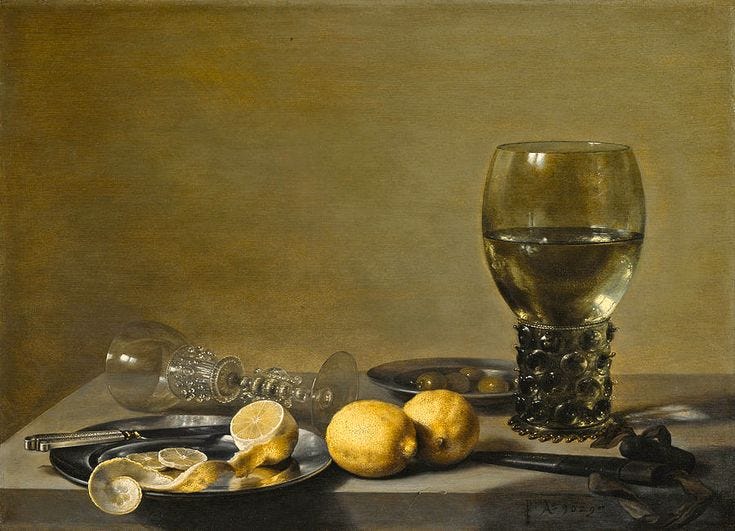
Chianti Classico
Call me basic, but I love a good chilled Chianti. I will never understand the aversion some wine aficionados have to Chianti’s, I don’t care for the elitist attitude. Just like I acknowledge Pablo Picasso’s contribution to the art world with Cubism (not a fan), I acknowledge that some wines may be “better” or “more expensive for a reason,” than others. They have their place, but that doesn’t mean I have to like them. My family always has a bottle of Chianti Classico in the house, and it’s become our go-to. Mostly because it pairs well with practically anything that isn’t sweet or a dessert.
The best way to tell a Chianti Classico wine from other Chianti wines is the, frankly adorable, Gallo Nero (Black Rooster) trademark present on the neck of the bottle. A dry earthy red, Chianti Classico is made with at least 80% Sangiovese grapes, the region’s principal grape variety. The rest of the blend has to come from a list of approved red grape varieties. It is also a DOCG wine (Denominazione di Origine Controllata e Garantita), the highest designation that a wine can be given in Italy’s wine classification system.
It was that same birthday trip where I tried Chianti Classico for the first time, during a wine-tasting tour of the historical Chianti region. From vineyard to bottle, every single phase of production must take place within the boundaries of the Chianti Classico territory, which is located between the cities of Florence and Siena at the heart of the Tuscan region. I owe it to this trip for awakening my interest in wine.
Brunello di Montalcino
Maybe it’s because it was my first glass of red and I have a sentimental attachment, but Brunello di Montalcino is my all-time favorite. Another Tuscan wine, BDM is produced in the stunning hilltop town of Montalcino, located about 40 kilometres south of Siena. Created with 100% Sangiovese grapes (I have a feeling I like this grape), BDM is also classified as a DOCG wine, often called “the finest Italy has to offer.” I may be biased, but I agree.
Sangiovese is a red Italian wine grape variety that derives its name from the Latin sanguis Jovis, or the “blood of Jupiter,” and has been used in wine making since the time of the Etruscans.
However, BDM is made with a local variety of Sangiovese (there are 14 types in total) known as Brunello. It has a thicker skin and is a bit bigger than the Sangiovese grown in Chianti. It's also known as “the little dark one” given the grape’s very dark purple color. It is also the only permitted grape in the Brunello di Montalcino DOCG. A bold, fruity wine BDM is both earthy and tart which is fantastic because I love rich flavors.
It can be argued that Brunello di Montalcino is responsible for the saying “aging like a fine wine.” The older it gets, the better it gets. Brunello can be aged for a long time, a very long time. And it improves as the years pass, varying from a minimum of 10 years to around 30 years.
Tinazzi Vinum Italicum Opera Rosso No. 3
Tinnazi is a bit of a dark horse. It’s not a household name or famous to most, but it’s another staple for my family. It’s also a break from Tuscan wines as Tinazzi is produced in the Veneto region in Lazise (Verona) on Lake Garda. This particular Tinazzi is part of the winery’s Collezione di Famiglia “Family Collection.”
The only bad thing I can say about this wine is how heavy the bottle is. It’s not that you can’t carry or pour it comfortably, but it tricks you into thinking that there’s more when, really you’ve already finished the bottle. A red blend, the Opera Rosso No. 3 is made of 40% Corvina Veronese, 30% Primitivo di Manduria from Puglia, and 30% Nero d'Avola from Sicily. It’s perfect for meats and rich, zesty cheeses — again, I love strong flavors that pack a punch. Plus, at $16 a bottle at Costco, I’m a happy camper.
The flavor is fruity yet spicy and earthy, with a long-lasting savory finish. Although the spice tends to hit first the vanilla, chocolate, and licorice make themselves known as well. One of our favorite dishes to pair it with is our roasted lamb chops with rosemary and butter!
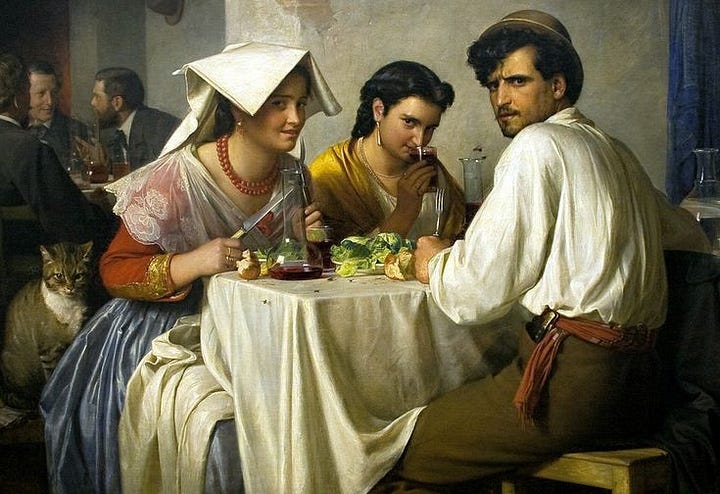
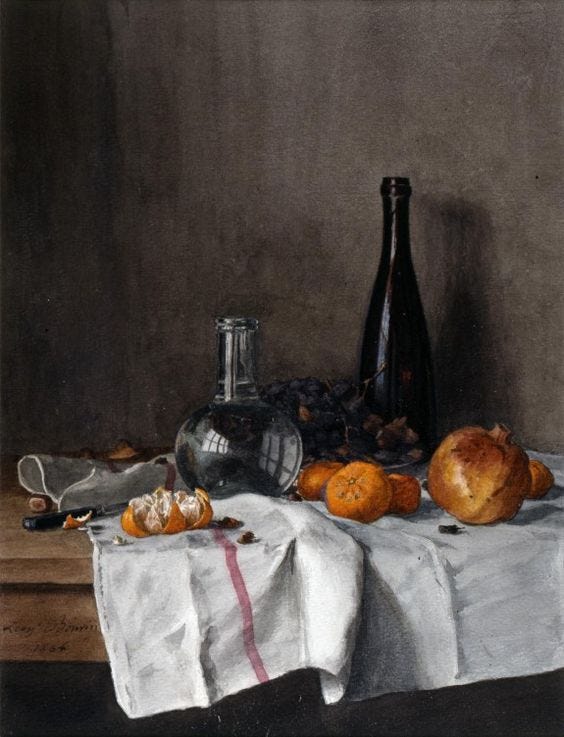
Barolo
Possibly one of the most – if not the most – famous Italian wines, Barolo is produced in the Langhe in the Piedmont region in Northern Italy. Made 100% exclusively from the Nebbiolo grape variety, this DOCG wine comes from the village of the same name just a few kilometres south of Alba. It is one of 11 ‘communes’ or village territories located on the surrounding hills that produces this delicious wine.
To me, Barolo means truffle pasta. Although it pairs well with meats, there is nothing more satisfying than a black truffle pasta with a sharp cheese and a glass of Barolo. It also pairs well with a good risotto. The wine itself is almost flowery, with spices, fruits, and a hint of tobacco. It’s described as having a “tar and rose” aroma, which is a strange combination considering the bitter flavors of the grape. But they don’t call it the king for nothing.
What follows is a short list of some confusing wine terminology.
More Wine Stuff
The alphabet soup of wine terminology and designations.
Appellation: A legally defined area where wine is produced. This may be the same name as the wine, the region, the subregion, or even the village where the wine is from.
Body: Refers to how “thin” or “thick” the wine feels in your mouth. “Light body” connotes a thin feeling, while “Medium body” means that a wine is full and rich without being too dense. “Heavy body” means that the wine has a robust round feel.
Bouquet: The smell that comes from a wine’s aging process. The bouquet can also describe a wine’s overall aroma.
D.O.C: “Denominazione di Origine Controllata.” Part of the Italian wine classification system. This name on a label means the wine was grown and produced in a certain area within a strict set of regulations such as the specific grape varieties used, growing method, winemaking method, blending, aging, etc. Various regulations and standards for each Italian D.O.C. are determined by producers within that zone, with oversight from Italy’s national wine committee.
D.O.C.G: Part of the Italian wine classification system. Similar to D.O.C., with the “G” standing for “Garantita.” This certification is even stricter than the D.O.C. and is considered to be of the highest quality. The D.O.C.G. classification is reserved for a small portion of all wines from Italy.
Decanting: The process of pouring wine into a decanter to separate the wine from its sediments.
Fermentation: How grape sugar is converted to ethyl alcohol and carbon dioxide, thereby converting grape juice into wine.
IGT: Abbreviation for “Indicazione Geografica Tipica,” the third category of the Italian wine classification system.
Maceration: The contact of grape skins with the must (unfermented grape juice), during fermentation, extracting phenolic compounds including tannins, anthocyanins, and aroma.
Terroir: A French word meaning “earth or soil.” It’s used in winemaking to describe a “taste of place.” In wine, terroir refers to the combined influence of the soil, climate, sun, and wind on the grape and the resulting wine. It gives the wine its distinctive character and flavor.
Tannins: Astringent compounds that occur in nature and give fruits and plants that bitter taste and astringent mouthfeel. In wine, tannins come from the grape skins, stems, seeds, and even the wood from the barrel used for aging. This article from Wine Enthusiast gives the best breakdown of tannins in wine.
Find more wine terms here.
No matter where you are in your wine journey or your personal preferences, I hope we can all agree to skip the technical parts while we’re at the table and enjoy, cin cin!
Thank you for reading my work, if you enjoyed this post hit that <3 button!





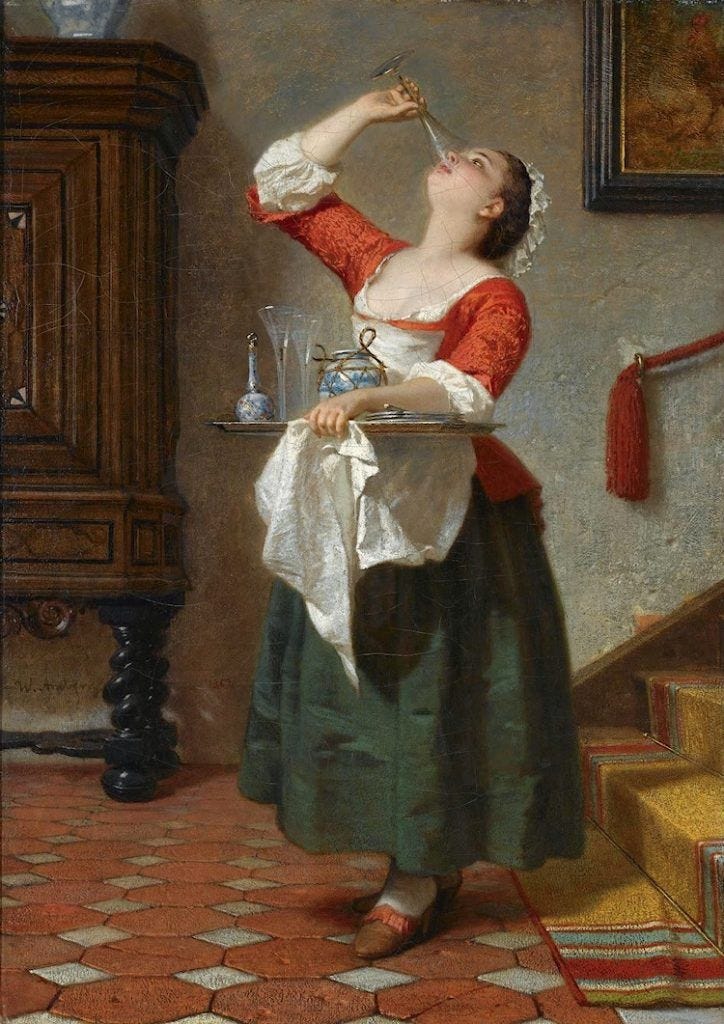
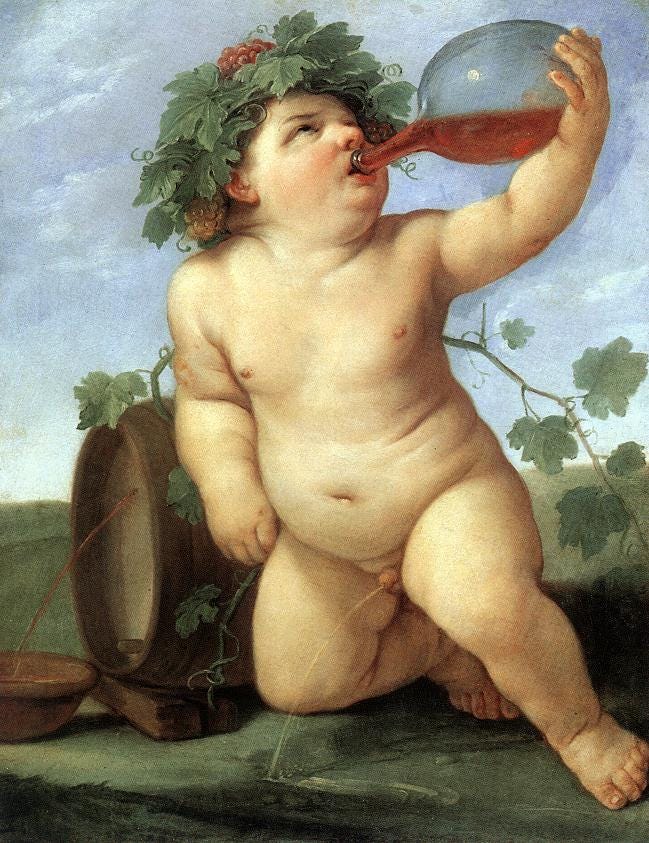

Lovely as always !!!!